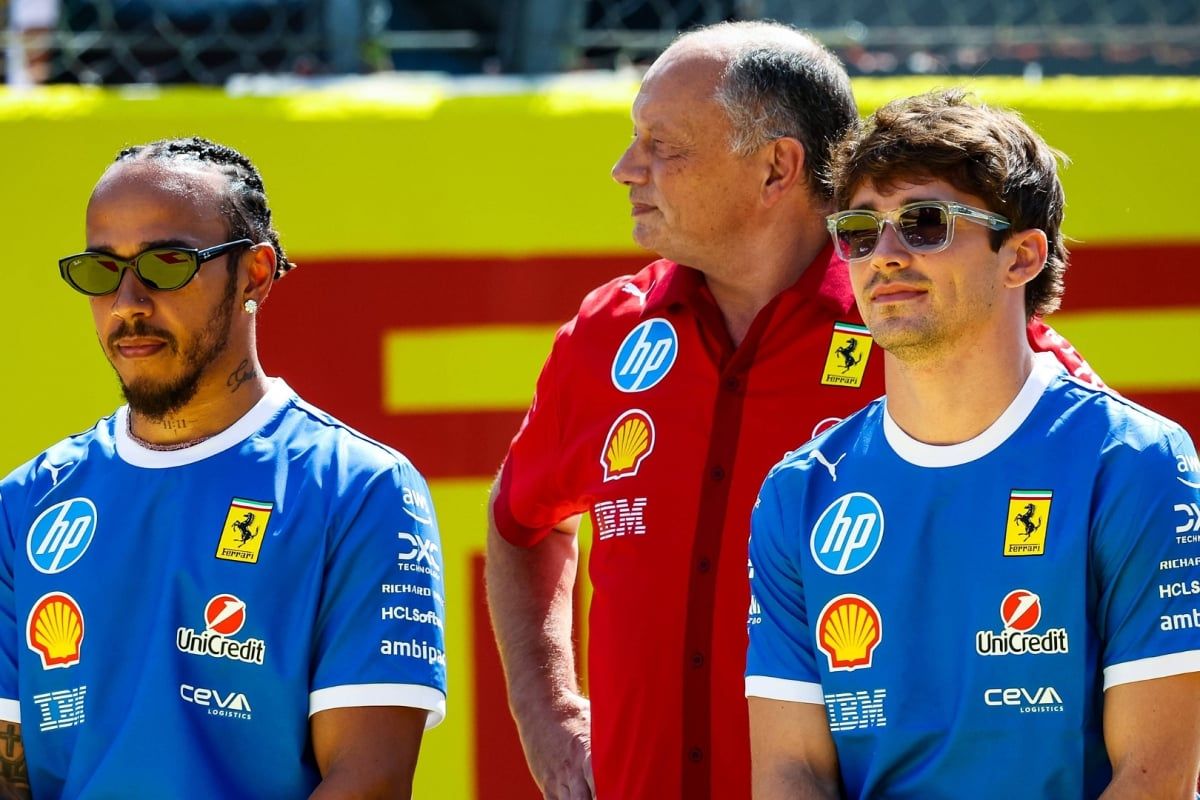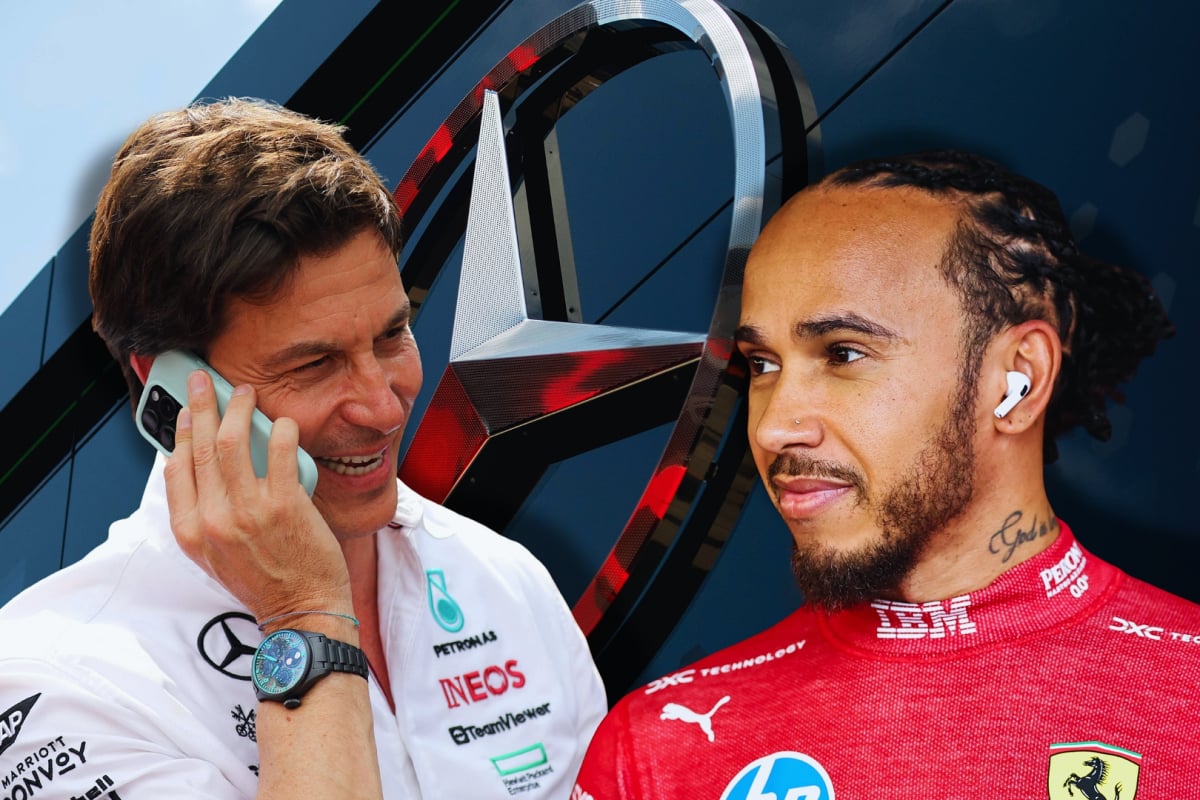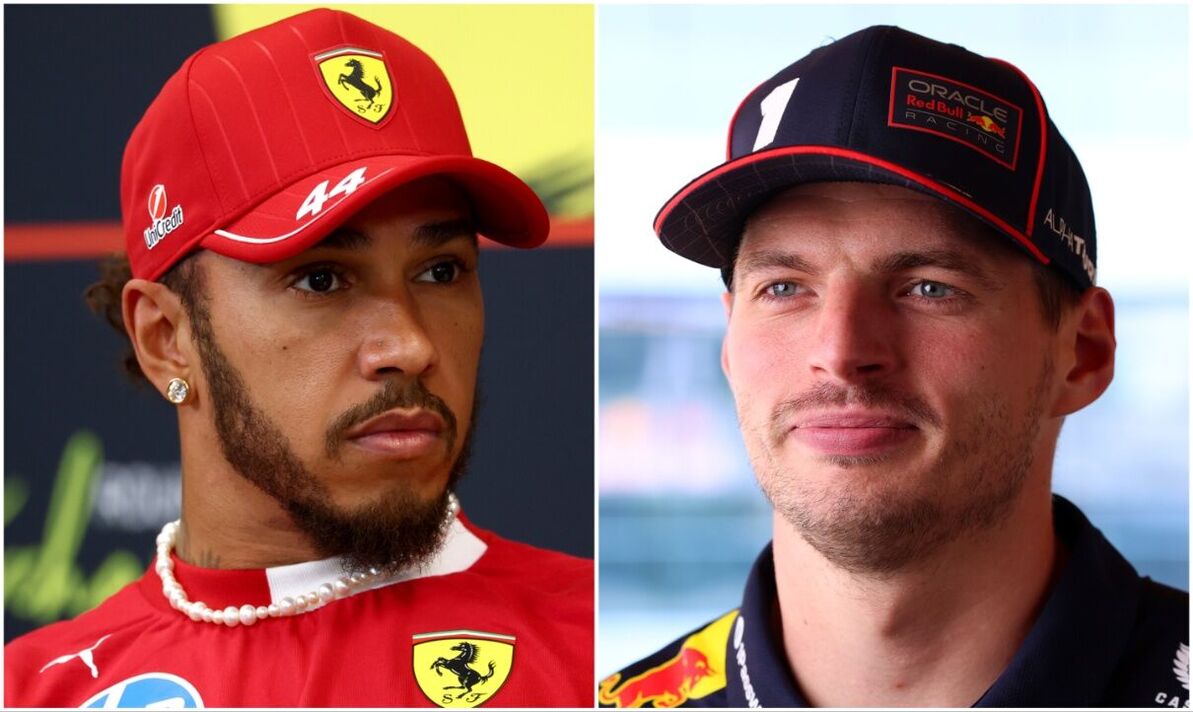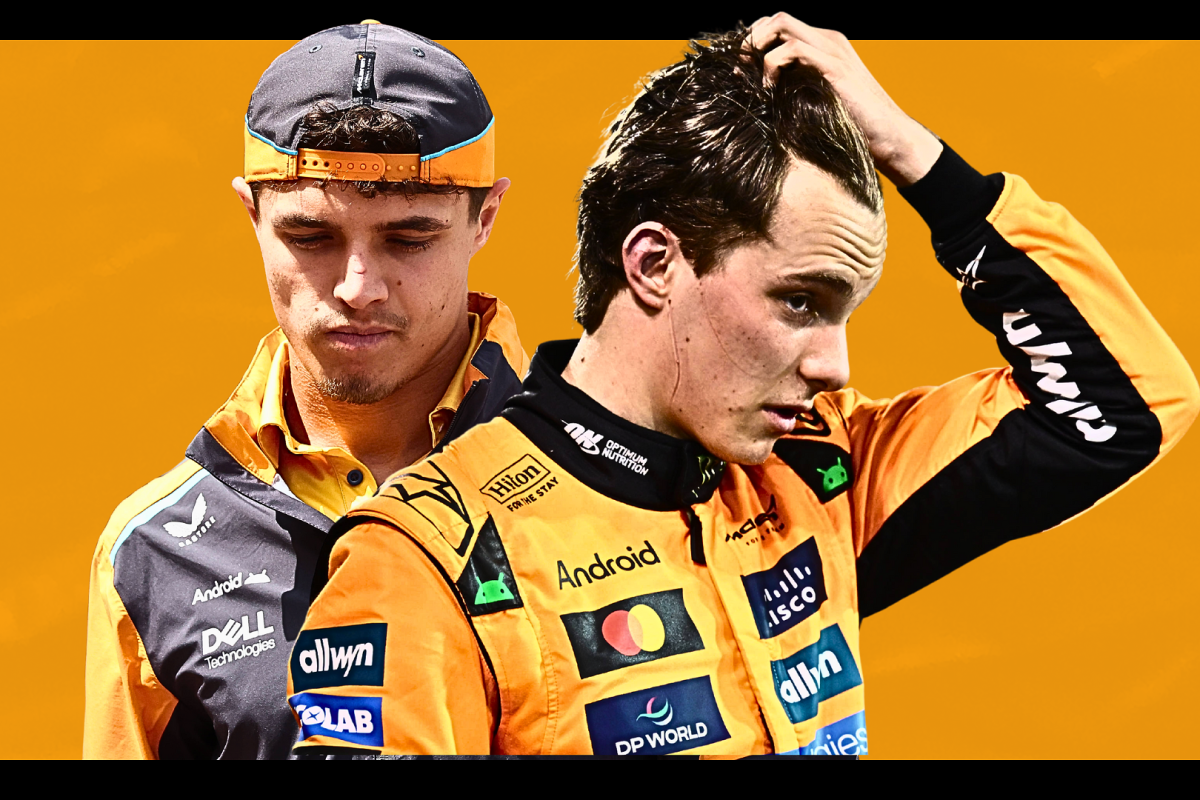Is the risk that Mercedes took with Antonelli paying off?
Oscar Piastri claimed victory in Miami to make it three wins in a row, beating team-mate Lando Norris in a McLaren one-two.
Mercedes’ decision to promote 18-year-old Kimi Antonelli to Formula 1 this season was always going to be a bold gamble. With an unproven rookie taking over one of the most prestigious seats on the grid, the pressure was immense—both for the driver and the team. But after the Miami Grand Prix, it seems that the risk may be beginning to pay off.
Antonelli’s early races were cautious by design. He made it clear he wanted to build consistency before taking big risks, aiming to avoid major errors in his first season. However, Miami was the first time he truly showcased the immense potential that Mercedes believed justified fast-tracking his debut. Confident from the first session, Antonelli stunned the paddock by securing pole position for the sprint race and qualifying third for the grand prix itself—outperforming his more experienced teammate George Russell over one lap across the weekend.
Although he couldn’t convert his strong grid positions into podium results, the signs were promising. As team principal Toto Wolff explained, Antonelli’s race struggles were a reflection of inexperience, particularly in tyre management—a complex art in modern F1. Still, Wolff was clearly encouraged, describing Antonelli’s qualifying results as “another proof of his talent” and a “good indication of how the future can be.”
Mercedes never expected instant results. Their approach with Antonelli mirrors their long-term investment strategy—a recognition that greatness in F1 is not always immediate. What matters more is whether a young driver shows the foundational speed and adaptability to succeed in the long run. In Miami, Antonelli demonstrated just that.
Meanwhile, at Ferrari, the atmosphere is far more fraught. The team has been under scrutiny following a disappointing weekend and a controversial team orders situation involving Charles Leclerc and Lewis Hamilton. Team principal Frederic Vasseur pushed back on the idea that the team orders were the story of the day, pointing instead to Ferrari’s alarming one-minute deficit to race winners McLaren. Vasseur acknowledged that Ferrari were simply not in the same league in Miami, and that qualifying—where Leclerc and Hamilton lined up eighth and 12th respectively—exposed the team’s ongoing tyre performance issues.
Vasseur admitted Ferrari struggled to get the best from new tyres in qualifying, a failure that forced both drivers to run on scrubbed sets. The net result was a significant loss of performance relative to their rivals, including McLaren, who he said were “on another planet.” And while Ferrari’s race pace may have matched Red Bull and Mercedes, their poor grid positions meant they were never truly in contention.
The broader concern is that Ferrari’s car is fundamentally not where it should be, especially after coming so close to McLaren in last year’s constructors’ championship. So far in 2025, they’ve managed only one grand prix podium, and while Hamilton’s sprint win in China was a highlight, it appears to have been a one-off. Even Leclerc noted that Hamilton’s standout sprint performance came down to a mix of driver brilliance and favorable race circumstances—not raw car speed.
Ferrari is hoping upcoming upgrades at Imola and Monaco, alongside a rule change on front wing flexibility in Spain, will level the playing field. Vasseur hinted that McLaren may be exploiting this area to their benefit, though McLaren insist it won’t impact their performance significantly. Still, Vasseur remains confident Ferrari can stage a recovery, as they’ve done in previous seasons.
Elsewhere, Fernando Alonso’s difficult start to the season continues. With zero points to his name, he trails teammate Lance Stroll, who has capitalized on several fortunate circumstances to amass 14 points. Despite the scoreline, Alonso has generally outqualified Stroll and driven well—his lack of results mostly down to bad luck and the underwhelming performance of the Aston Martin, which is now among the slowest cars on the grid.
Alonso remains upbeat, citing Japan and Jeddah as races where he performed well. But he’s also been vocal about missed opportunities, including a crash in Australia, a brake failure in China, and poor strategic calls in Miami. With Aston Martin currently struggling to understand their pace deficit, Alonso’s prospects for the season hinge on chaos unfolding in front of him—something even he admits is not a sustainable plan.
In sum, Mercedes’ faith in Antonelli is beginning to show signs of being justified, while Ferrari and Aston Martin face urgent challenges. As the season heads into Europe, all eyes will be on whether Antonelli can continue his upward trajectory—and whether Ferrari and Aston Martin can salvage theirs.




